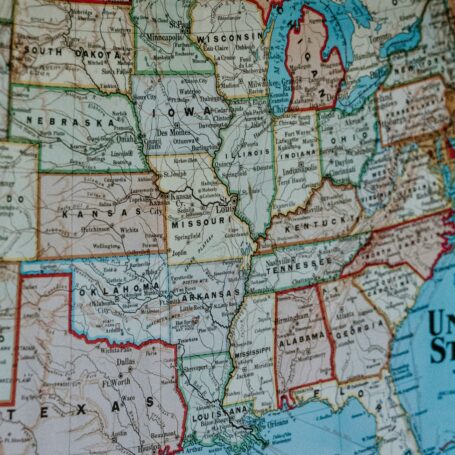Disjunctions in Management Learning
Bruno Américo and Stewart Clegg discuss organizational methodology research and answer questions about their paper, “Disjunctions in the Context of management learning: An Exemplary Publication of Narrative Fiction,” published in Management Learning. Read their answers to questions about their paper just after the paper’s abstract below.
What motivated you to pursue this research?
What motivated us was to design a method that allows not only reviewing or ordering the past body of specific literature in search for gaps. Instead, our method accounts for disjunctures enacting emergent management methodologies and theories.
Were there any specific external events—political, social, or economic—that influenced your decision to pursue this research?
In addition to designing the method, we decided to apply it to Jermier (1985) to consider the disjunctions observed concerning the literature on narrative fiction. First, we were aware that Jermier (1985) is entirely ignored by past scholarship in emerging countries, such as Brazil. Additionally, the work was that rare thing, an entirely novel methodological approach to how to write about research that was effectively blocked by organizational power on the part of the organization being researched. Moreover, after reading a story sourced from Associated Press in Florida and carried in The Guardian on April 3, 2021- we understood it to be even more pertinent to apply the method to John M. Jermier’s 1985 paper, “When the Sleeper Awakes,” questioning at the end of the text if the critical theory of that time was insufficiently critical in the light of events 36 years later?
What has been the most challenging aspect of conducting your research? Were there any surprising findings?
It is always challenging to review a particular literature’s state of the art, as it demands planning, action, coordination and straightforward research questions. Moreover, it was particularly challenging to operationalize the idea of disjunction in the research process, which was an emergent grounded idea that only became apparent with the data. Thus, the findings of the research itself were surprising, as they highlight apparent disjunctions in the field of studies on narrative fiction in MOS, demonstrating that the field emerged from a paradigmatic precursor to explode into multiple approaches to writing, reading, doing, judging qualitative research, transforming the relationships produced between writer, reader and subject. Moreover, using the method to analyze Jermier (1985), revealed interesting findings for any scholarship intending to review the literature through our approach. The method we used systematically developed a means of conducting a literature review genealogically, from a foundational text. The method has considerable application in any field of literature review where such identification can be made.
In what ways is your research innovative, and how do you think it will impact the field?
Our research introduces an innovative literature review method that allows scholarship to address the disjunctions produced in a given field of study, trace multidisciplinary incorporations and map theoretical and methodological innovations. It could have a significant impact on the field by providing a methodological approach to genealogy.
What did not make it into your published manuscript that you would like to share with us?
It is all there!
What advice would you give to new scholars and incoming researchers in this particular field of study?

Please read our article, the articles we cite, and the citations made by and to the articles we cite. In addition, articles and publication outlets about literature reviews are growing, and it is important to read such texts and the editorials of such specialized journals on the subject. If you are starting to research a particular field of literature, identify if there is a foundational source that represents an epistemological break with prior approaches and that is referenced generically by subsequent scholarship and explore the continuities and discontinuities, the disjunctures and breaks, in subsequent development. A literature grows organically, with roots, branches, new rhizomes and those that decay, for which a method that merely treats the texts as sequential or additive, is not sufficient.
What is the most important/ influential piece of scholarship you’ve read in the last year?
Jermier (1985) for sure, for this project (Jermier, J. M. (1985). ” When the Sleeper Wakes”: A Short Story Extending Themes in Radical Organization Theory. Journal of Management, 11(2), 67-80), although our reading of it began long before this year.
In this year, strictly speaking, perhaps Hilda Hilst’s (2001) O Caderno Rosa de Lori Lamby (São Paulo: Globo) and Francis Spufford’s (2010) Red Plenty (London: Faber & Faber) which in completely unrelated fields take social inquiry as narrative fiction to a whole other level. Particularly, Red Plenty played a vital role in informing another project that one of us was engaged in, a text that, normally, would not have been encountered, except for a recommendation from Will Clegg.































































































